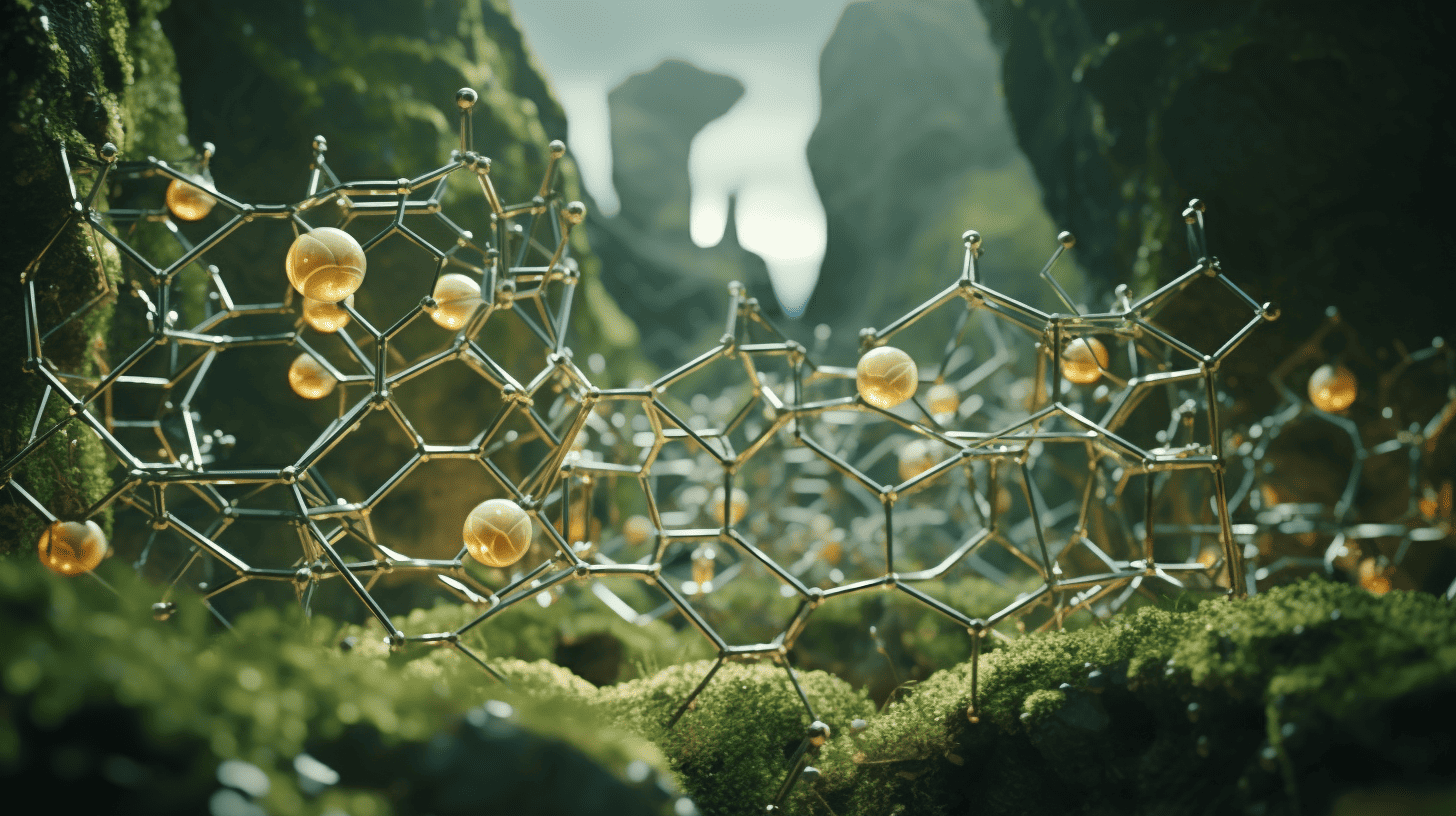
Generative AI applications that contribute positively to complex issues such as climate change and biodiversity loss are increasingly on the radar of investors. As of 2018, $793 million has been invested globally in startups and scale-ups developing such applications. Generative AI is now being used, among other things, to make data on sustainability easily applicable and to shape entirely new materials, products, and designs. So concludes ABN AMRO in a report (in Dutch) exploring sustainable applications of generative AI and outlining opportunities for various sectors.
- Since 2018, $793 million has been invested in startups and scale-ups applying generative AI for sustainable purposes
- Among other things, generative AI can assist in the creation of sustainability reports and be used to design new proteins and materials
- Development of generative AI does take a lot of energy and involves CO2 emissions
AI applications that help organizations map their emissions are becoming more popular. In the process, large amounts of data are being accelerated into reports on climate risks and their impact on business operations. Virtual assistants are also on the rise. These answer questions about sustainability issues and provide users with advice based on all kinds of data.
Generative AI can also be applied at an even more fundamental level: developing new materials. Among investors, according to ABN AMRO, there is growing interest in generative AI companies deploying the technology to accelerate the design of new enzymes and materials. There are numerous opportunities in the area of sustainability, such as materials that can break down without toxic by-products or materials that can bind CO2 to themselves. Other examples include green fuels for aircraft, filters that purify water of toxins, and enzymes that break down plastic. According to the researchers, investors have put $85 million into young companies in this category, and the prospects are promising. Investors’ focus now is mainly on companies that design engineered proteins to perform specific functions. Research firm Gartner expects that as early as 2025, more than 30 percent of new materials will be discovered thanks to generative AI.
Environmental impacts due to energy consumption AI
Generative AI is a textbook example of the “twin transition,” the researchers say. This term refers to the digital and sustainability transitions occurring simultaneously and interacting. For example, companies that are more advanced in digitalization perform better in sustainability. AI also makes a positive contribution to the United Nations Sustainable Development Goals. However, the study shows that the development of AI also comes at a price, however. “Processing large amounts of data and the associated learning process takes a lot of computing power. For example, training GPT-3, the predecessor of the current AI models behind ChatGPT, involved CO2 emissions comparable to the annual emissions of 251 gasoline cars,” said Julia Krauwer, Sector Banker Technology, Media and Telecom at ABN AMRO.
“The use of AI, including the generative variety, will continue to increase. This requires energy and the servers needed are full of scarce metals. This increases the need for ‘green IT.’ Developers are already looking at ways to make AI models more energy-efficient, and both servers and data centers are becoming more energy-efficient. The circularity of IT equipment also deserves and is receiving increasing attention. Incidentally, buyers of AI technology can also help reduce the environmental impact by being critical of the types of applications for which they do or do not deploy it.”








